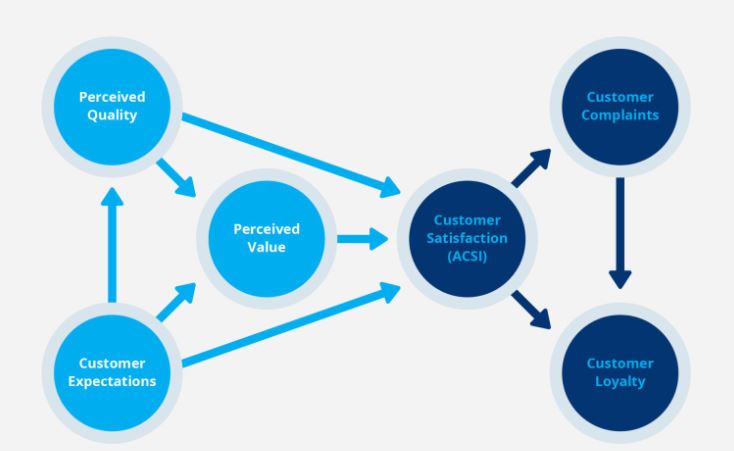Unpacking the Customer Satisfaction Index
In the complex tapestry of today’s market, the Customer Satisfaction Index (CSI) stands out as a crucial metric for businesses striving to understand and enhance their customer experience. It’s more than just a number; it’s a reflection of how well a company meets, or exceeds, the expectations of its customers. This article delves into the Customer Satisfaction Index, unraveling its meaning, importance, methodologies, and the profound impact it has on businesses.

The Customer Satisfaction Index is a tactical tool used by companies to measure the degree of satisfaction of their customers with the products or services offered. It’s a score, typically on a scale of 0 to 100, where higher scores signify greater customer satisfaction. Understanding the Customer Satisfaction Index meaning is pivotal for businesses aiming to retain customers, improve their offerings, and gauge their standing against competitors.
For a comprehensive breakdown of the Customer Satisfaction Index meaning, a visit to EasyBA is highly recommended. This resource offers an in-depth analysis and interpretation of CSI, making it accessible for businesses and marketers.
The Importance of CSI in Business
- Customer Retention: A high CSI is often indicative of a loyal customer base. Retaining customers is usually more cost-effective than acquiring new ones.
- Word-of-Mouth Marketing: Satisfied customers are more likely to recommend a company to others, enhancing its market reputation.
- Performance Benchmarking: CSI allows businesses to compare their performance against industry standards and competitors.
- Identifying Improvement Areas: Regular CSI assessment helps businesses identify and address areas where they may not meet customer expectations.
Measuring Customer Satisfaction Index
CSI is typically measured through customer surveys. These surveys are designed to capture the customer’s perspective on various aspects of the product or service, including quality, price, and overall experience. The responses are then aggregated to form the overall CSI score.
Elements of an Effective CSI Survey
- Clear and Relevant Questions: The survey should contain clear, concise questions that directly relate to the customer’s experience.
- Comprehensive Coverage: It’s important to cover all relevant aspects of the customer experience, including product quality, customer service, and value for money.
- Timely Distribution: Conducting surveys at appropriate times, such as after a purchase or a service interaction, can lead to more accurate and meaningful results.
Integrating CSI into Business Strategies
- Feedback-Driven Improvements: Using CSI data, businesses can make informed decisions on improving products and services.
- Training and Development: Insights from CSI can guide employee training, especially in customer-facing roles.
- Marketing Strategies: Understanding customer satisfaction levels helps in tailoring marketing strategies to better meet customer needs.
- Product Development: CSI can influence the development and refinement of products to better align with customer expectations.
Challenges in CSI Implementation
Implementing CSI effectively does come with its challenges:
- Perception Subjectivity: Customer perceptions are subjective and can be influenced by factors outside the company’s control.
- Potential for Response Bias: The method and manner of conducting surveys can impact the accuracy of responses.
- Balanced Score Interpretation: It’s essential to look beyond the score and understand the underlying factors driving customer satisfaction.
Conclusion
The Customer Satisfaction Index is an indispensable metric in the arsenal of modern businesses. It serves as a litmus test for how well a company is meeting its customers’ needs and expectations. By effectively utilizing CSI, businesses can foster customer loyalty, refine their offerings, and maintain a competitive edge. For a deeper exploration of the Customer Satisfaction Index meaning, the resource available at EasyBA is invaluable, offering a detailed and practical guide to understanding and applying this critical business metric.






